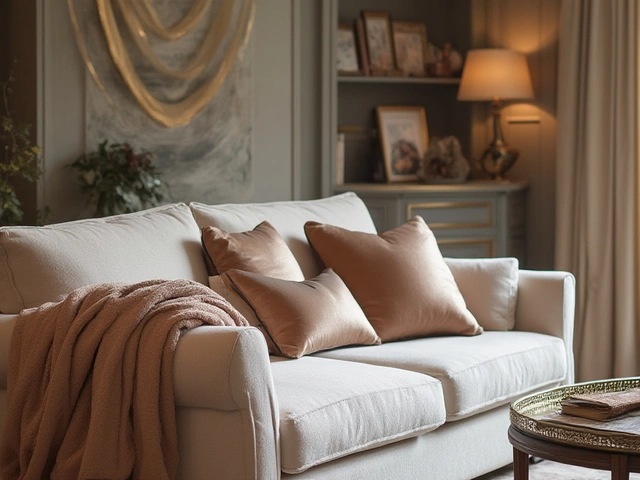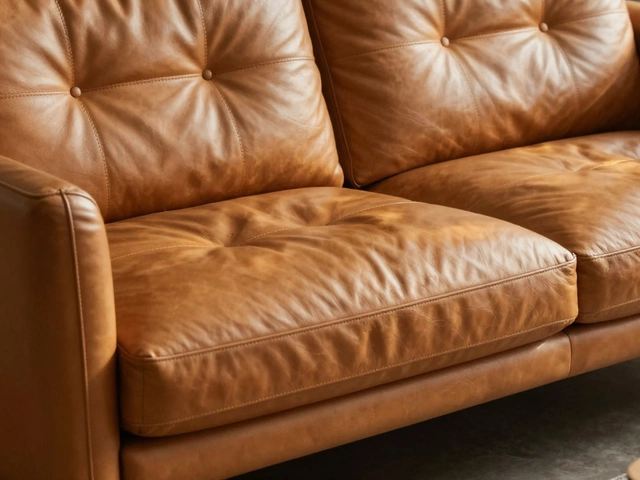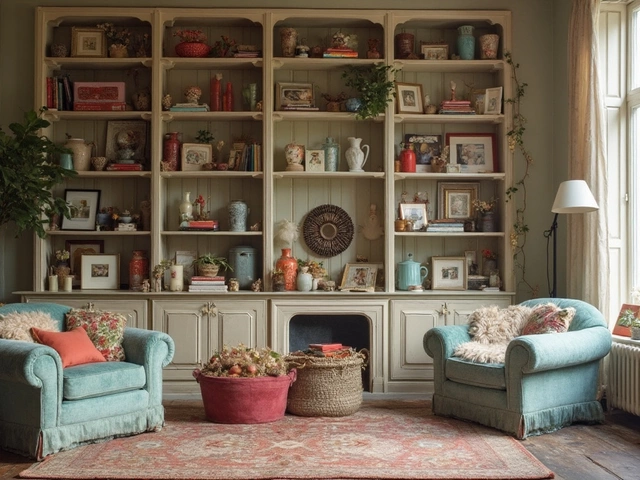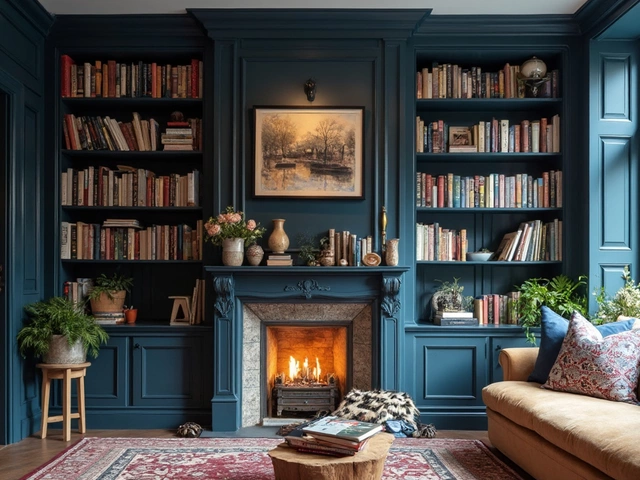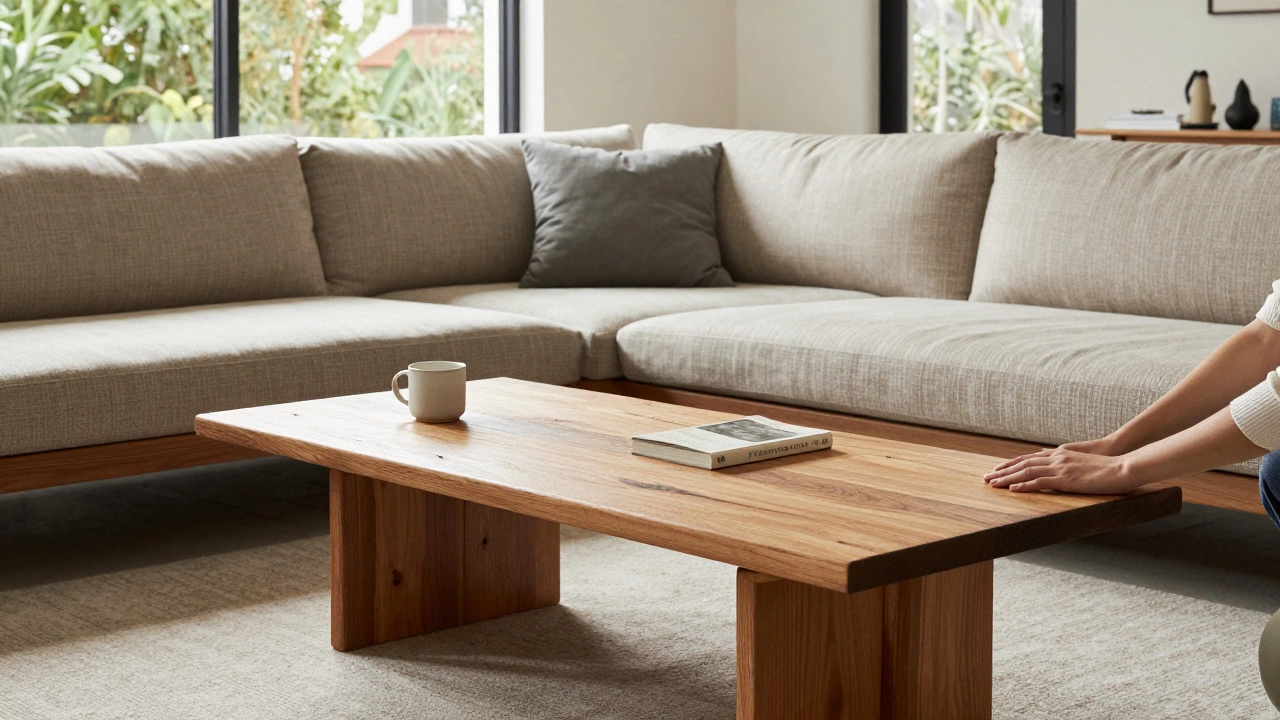
Can a Coffee Table Be 2 Inches Higher Than a Couch? Here’s What Works in Real Life
A coffee table 2 inches higher than your couch isn’t just okay-it often works better. Learn when this height difference improves comfort, style, and function in real living rooms.
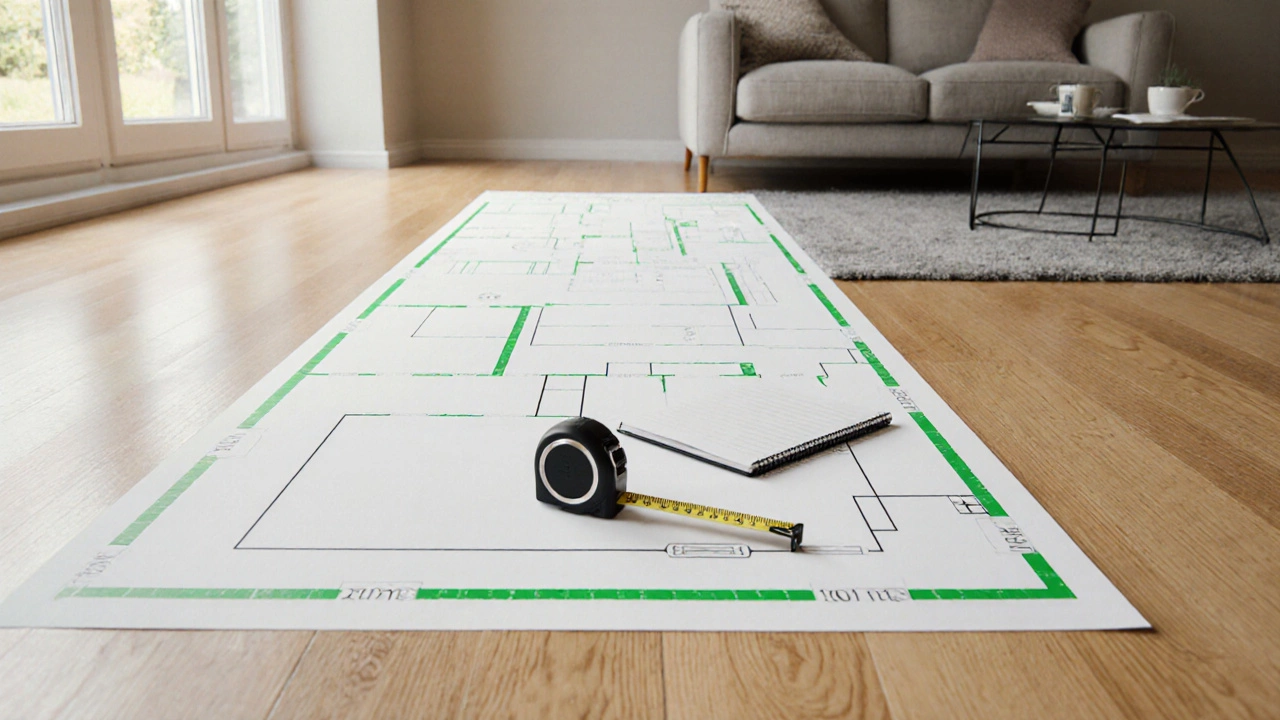
Best Position for a Corner Sofa - Find the Perfect Spot
Learn how to place a corner sofa for optimal flow, style, and comfort. Get step‑by‑step guidance, layout options, and a quick checklist to find the perfect spot.
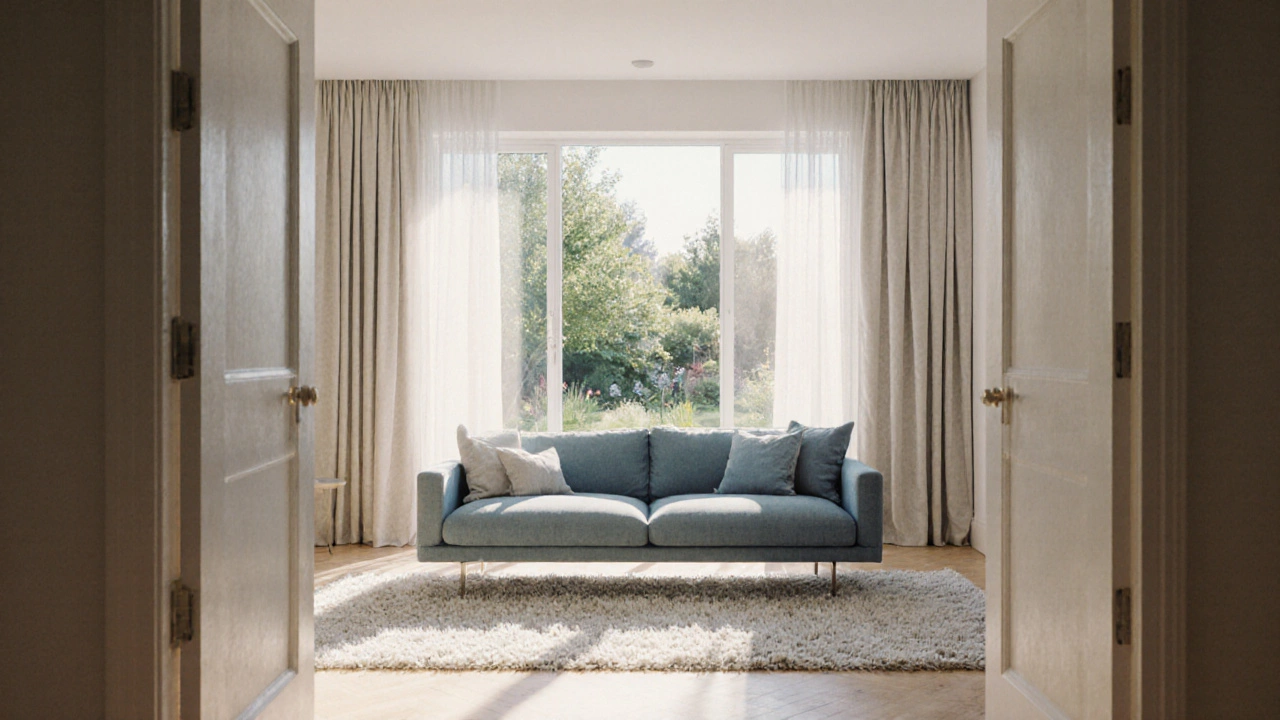
Couch Placement: Should You Put a Sofa in Front of a Window?
Explore the pros, cons, and practical tips for placing a couch in front of a window. Learn how to balance light, privacy, heat loss, and traffic flow for a comfortable living room.
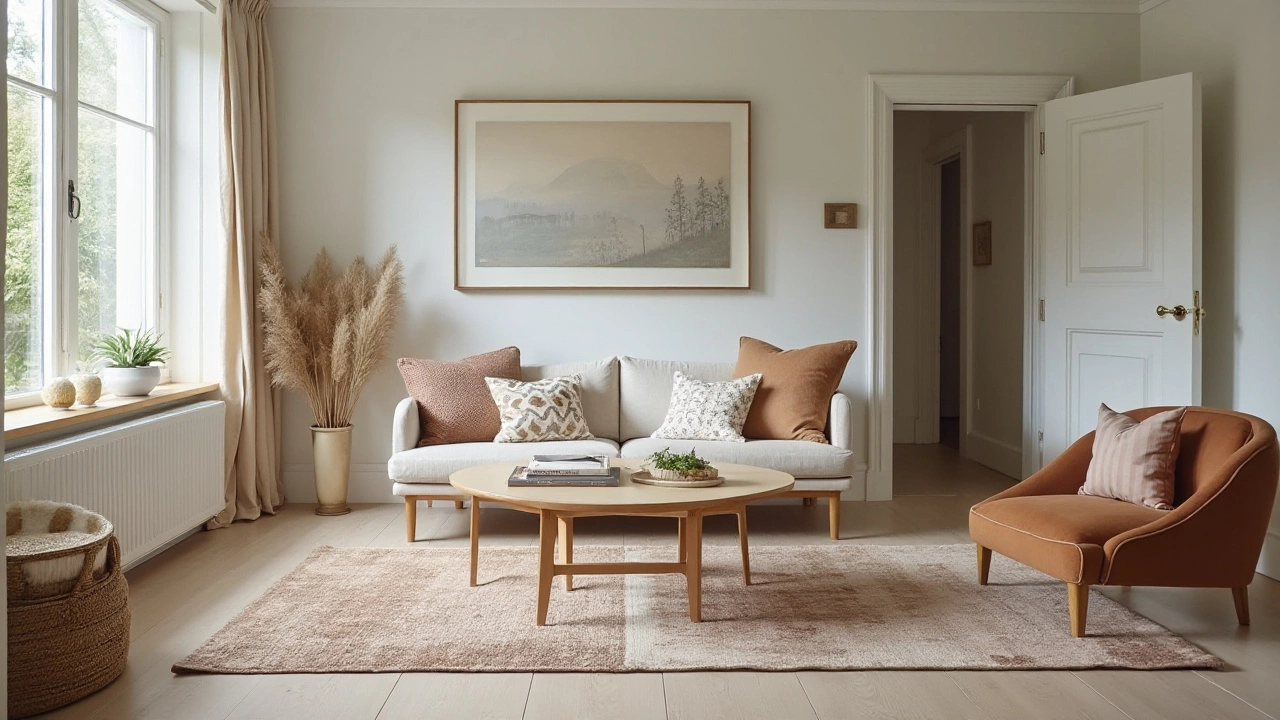
Ideal Coffee Table Distance from Your Couch: A Guide for Perfect Living Room Layout
Discover the optimal distance for placing a coffee table from your couch to enhance both function and aesthetics in your living space. This article provides practical guidelines, tips on selecting the right coffee table, and creative ideas to ensure comfort and ease of use. Whether you have a small apartment or a spacious living room, find out how proper spacing can improve your interior design. Explore insights on personalizing your setup to fit your style and needs.
